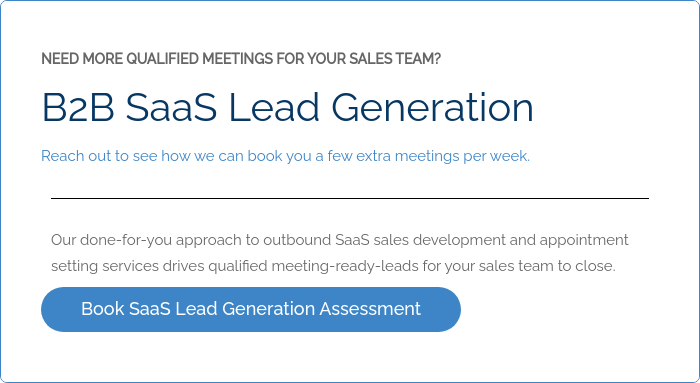n this article, we’ll provide you with actionable tips and a playbook to develop or refine your SaaS onboarding strategy to boost your customer retention rates and reduce customer churn. First impressions of new customers mean everything because it sets the bar for the future relationship and frames client expectations. How do I onboard a SaaS customer? What is customer onboarding strategy? we discuss them in this article.
Just about every how-to guide and blog post for software as a service (SaaS) companies are centered around best practices for hiring, customer retention, cross-selling and upselling. While these are all essential to accelerating your SaaS growth strategy, there is another key aspect that is often overlooked.
We’re talking about onboarding your SaaS customers.
SaaS businesses offering low-touch freemium products are realizing how big of an impact proper onboarding has on their short and long-term customer retention. We’re here to say that this is a vital topic to give your focus, even for higher-touch customer success teams.
40 to 60% of free trial users will use your product once and never come back. ( Intercom)
Many SaaS companies look to the SaaS marketing onboarding plan of their competitors or other successful SaaS businesses. However, because of the vast size and vague nature of the SaaS industry, another company’s onboarding strategy might not work the same for your business.
Your customer onboarding framework should be developed to showcase the value proposition of your SaaS platform from the customer’s very first interaction with your product. That initial “Aha!” moment differs greatly from software to software. For this reason, your SaaS customer onboarding strategies should be unique to your company.
That being said, there are many best practices that your SaaS company should be implementing to improve your customer retention and reduce your customer churn by providing an effective and user-friendly SaaS customer onboarding experience. In this blog post, we’ll discuss the idea behind effective customer in support of your SaaS marketing strategies, the importance of building an effective onboarding process, and tips for making it work for you and your business.
Short Summary
- SaaS customer onboarding is vital for improving customer retention and reducing churn.
- It involves creating a positive first impression and guiding customers through the initial stages.
- Overloading customers with information can lead to confusion and churn.
- Strategies for effective onboarding include aligning sales teams, automating processes, and personalizing the experience.
- The goal is to help customers achieve early success with the software.
- Gathering feedback, doing research on customer personas, and tailoring the process are essential steps.
- A comprehensive guide to developing a successful SaaS customer onboarding strategy.
What is SaaS Customer Onboarding?
SaaS customer onboarding (also known as SaaS user onboarding) is the pegged term for the process of getting a customer familiar with your software and using it successfully. It is the marketing verbiage to describe the entire journey of a customer downloading, subscribing, and beginning their relationship with your business and the products you offer.
Onboarding customers typically include multiple elements, such as a sign-up form, welcome email, notifications and check-in calls. These tactics and other elements are deployed to enhance the customer experience and make the SaaS marketing onboarding process as efficient and easy as possible for them.
You want to ease a customer into using your product. What you don’t want to do is overload them with too much information all at once and push them away.
With all that being said, SaaS customer onboarding is not something to take lightly. It should be a well-thought out and planned growth strategy with an inbound marketing approach that works to delight the customer and create a pleasant experience for them right from the start.
Why should you care about SaaS customer onboarding?
You might have developed a software that you believe is a total game-changer. It’s going to alter the way people live, work, or communicate for the better. But if your SaaS marketing onboarding process is confusing, complicated, or tedious, customers are likely to ditch it and move on without ever knowing how much it could benefit them.
This is a major contributor to increases customer churn. If you don’t onboard your customers properly, even the most interested and qualified customers are bound to churn.
More than 65% of SaaS companies experience churn rates greater than 5%. (Totango)
And even a 1% increase in churn rate can have a 12% impact on a company’s valuation. Companies in the US lose over $136 billion per year due to customer switching that could be avoided.
Get the picture? Having a solid SaaS onboarding strategy can help you reduce churn rates, retain customers and accelerate the growth of your business.
SaaS Customer Onboarding Strategies and Tactics
Onboarding your customers in a way that makes sense for your business is the key to starting long-lasting relationships with your users and turning them into active promoters of your brand. Every SaaS company will have a unique onboarding framework that aligns with the services they provide.
We’ve compiled a list of the best SaaS onboarding strategies that can be applied to any SaaS company.
1. Start with Sales Alignment
It all begins with getting your sales team on board and setting the right expectations for what will happen within the first days, weeks and months following a purchase. This can help tremendously with your onboarding process and time to prove value to your users.
If you don’t effectively align your team’s expectations, your SaaS onboarding strategy can be unsuccessful due to a disconnect between what has been promised, what the customer expects and the reality of the situation. In order to avoid any disconnect, it’s important to spend time on developing your pre-sale content, speaking to potential customers and maintaining regular training for your sales teams to ensure that they know what your onboarding and customer success programs should entail.
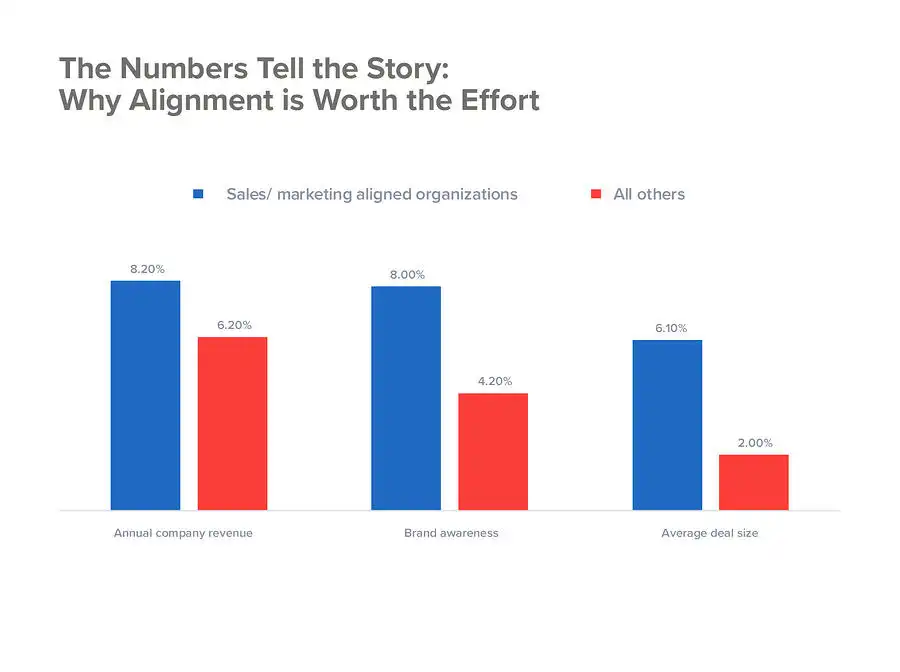
It requires consistency, time and effort to keep your sales team on the right track. It will also evolve as your company grows, so continuous optimization of your onboarding process and training for your teams is key.
Create Content
Aligning your sales teams with your expectations for your onboarding process starts with providing them with useful content to help them and the customer understand. This might include web pages, downloads, and engagement tools that they can easily access and use to walk customers through the process. Investing time and money into developing effective content is just as important as investing in content to market your product.
Communicate with Prospects
It’s surprising how often this next tactic for customer success is not used. Having a conversation with a prospect before they even sign up is an excellent investment of your time. This not only helps you easily explain and set the right expectations for the process, but also builds credibility. It can also provide your onboarding teams with useful insight into the concerns and hesitations customers have and identify any patterns that you can improve.
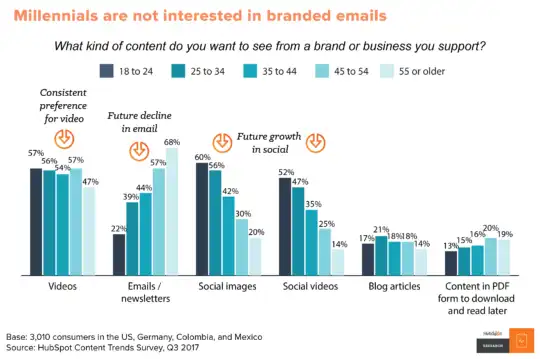
Keep in mind however, there is a fine line to walk with these prospect conversations. For this reason it is important to ensure that your sales representatives are prepared and help them develop their approach to positioning onboarding.
Incorporate Customer Success Modules into Sales Training
To further align your sales with your onboarding goals, it’s important to make sure that your sales hires are familiar with the work that your onboarding teams do. This doesn’t mean that you need to implement an intensive or formalized training program, but require your reps to sit in on and shadow meetings and calls with your onboarding team.
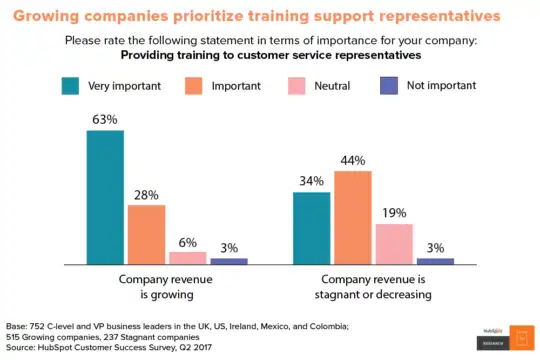
Enlightening your sales team about your onboarding process should be a balance of the types of conversations your team encounters, success stories, and problems or roadblocks that they often experience. Onboarding services can be a great value-add that your sales teams can use as a part of their pitch to help them sell.
2. Don’t Overload the Customer
Too much information all at once can leave your customers feeling overwhelmed and confused. The onboarding process becomes time-consuming and can result in customer churn because it just takes too long.
If your customer’s initial interaction with your software is cluttered with multiple elements battling for their attention, they might skip the onboarding process or postpone it for later. When a customer skips the onboarding process, they might not fully grasp how useful and effective your software can be.
The following tips will help you strip it down and keep it simple.
Focus On Core Features First
When a user purchases a SaaS platform, they usually have a problem and are looking for an easy solution to that problem. They perform a regular activity and download your software because it might be able to help them do so in a more convenient or efficient way.
Your software might come with a plethora of helpful features that a customer would enjoy, but they have most likely decided to use your platform for one reason. So focus on that! Don’t throw everything at them at once.
With that being said, your SaaS onboarding strategy should point customers to your core features first. It’s imperative to get your customers comfortable with your product first and ensure that they are successful with it. Then you can start introducing them to any additional features. This not only keeps the onboarding process easy and customer-friendly, but keeps them intrigued and coming back for more.
The video below brilliantly outline why customer onboarding is the most vital component of any scalable SaaS growth strategy.
More Stages with Fewer Steps
Overloading your customers with instructions and pop-ups doesn’t make things easier. In fact, it can make things seem overly complicated and distract from the onboarding process all together.
For this reason, it’s recommended to implement more stages into your SaaS onboarding strategy with fewer steps at each. Highlight single steps of the sign up process, one at a time, to make things clear and simple. And be sure to allow the customer to skip through the steps if they would like to – respect their time.
On the same subject, the following is a list of things to avoid:
- Avoid adding any unnecessary information fields in the registration form. Customers should be able to complete it in just two to three clicks.
- Avoid email newsletter subscription pop-ups during the early usage days. Give them time to get familiar with your product and find the blog themselves.
- Avoid asking for feedback or a review early on. Give them at least a month to develop an authentic opinion about your product.
- Avoid pushing a newer customer to update to a new version too soon. Give them time to enjoy the present one.
3. Optimize for Time
It’s safe to say that when a customer makes a purchase, they are most likely happy with that decision and excited to try out their new software. That’s the prime time to build off of that momentum and capitalize on their excitement.
How do you do that? You need to make a connection of some kind with the customer within the first 24 hours. If you don’t act fast, you might lose the customer’s motivation or attention as other priorities fall into their lap. Or they could even feel the dreaded buyer’s remorse and begin questioning their purchase decision.
Plan for “Welcoming-Time”
With an initial examination of SaaS marketing trends in the early onboarding process, you can determine how much time your team needs to welcome new customers. This will allow you to strategically plan and set aside time for your onboarding and sales teams to reach out and engage the new user.
It’s important to prioritize new customers. Unlike existing customers who have developed a level of trust and may understand if you need to reschedule a conversation, new customers have zero trust. If you drop the ball with them early on, it can taint the relationship moving forward.
Automate Parts of the Process
Scheduling calendars across teams, fine-tuning email copy, and setting email reminders can take up valuable time and be unproductive, especially early on in a customer’s lifecycle. Automating parts of the process is a necessary solution that will save your team time and improve efficiency.
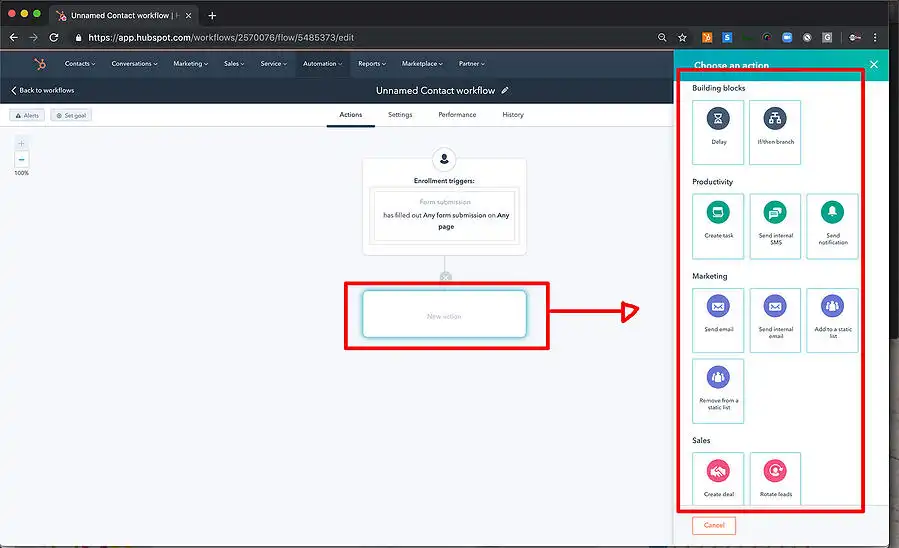
When a purchase is made, an automatic welcome email should be sent out to the new user. It should include the following:
- Next steps
- Points of contact
- How to schedule time with a rep
Numerous automation platforms and tools offer these capabilities. If your marketing team is already utilizing an automation tool, it may include customer onboarding campaigns. Also, HubSpot provides effective onboarding templates and campaigns.
5. Gather Feedback and Analytics Early
Without jumping the gun and requesting feedback before a customer gets the hang of using your software and starts to enjoy it, you can gain a lot of useful insight by hearing from your new customers and their experience. Not every unhappy customer will take the time to reach out with their complaints. Some try to figure things out themselves or find workarounds.
You’ll continue to lose customers if you just wait around for them to complain. Ask the right questions that are tailored to specific patterns you’ve tracked from previous customer experiences. It’s wise to inquire how a customer liked or disliked the onboarding process and if they fully understand how your product can help them achieve their goals.
Another key aspect is to analyze the behaviors of new customers. Implement analytics to see for yourself how they are interacting with your product.
Ask Pertinent Questions
The right questions can provide you with the right insight into how your onboarding process is resonating with new users. A great place to start is by choosing a specific amount of time after a new user joins your client base to send out an email asking for feedback. Be specific and friendly with your questions. For example: “How was your first week with us?”
Surveys are another great way to receive helpful feedback early on. For larger deals and clientele, it’s best to send an email requesting a phone call.
Collect Data Without Involving the Customer
There are several tools to collect data and track the activity and behavior of your new customers. Be sure to choose the technology that works best for your company and establish the key performance metrics that matter most to you. The following tools come highly recommended:
- Heat maps
- Session replay tools
- Funnel analytics
- Tool to identify at-risk customers
6. Do Your Research
Some of the best advice for someone in a customer-facing position, whether it be sales or marketing, is to spend as much time preparing as you plan to spend interacting with a customer. It’s imperative that you take the time doing your research for each buyer persona so that you can better understand a customer and their unique challenges, pain points, and needs.
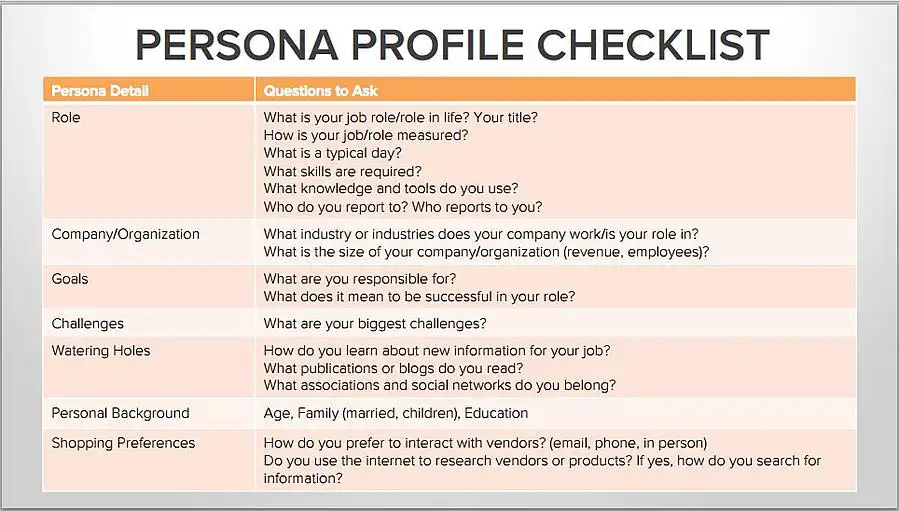
Furthermore, newer customers most likely have not built up the trust in your software and services early on. An effective way to build that trust is to research their business, industry and team, so that you can speak their language and relate to them.
Professional networks such as Linkedin and company profile sites such as Crunchbase allow you to easily get in depth information on the companies and people you’ll encounter. Some of the steps you can take are as follows:
- Go over your customer’s website in detail
- Research the company’s team on LinkedIn
- Look out for CrunchBase pages or similar profiles
- Perform a Google News search for their company
- Use tools like SimilarWeb
With the information you gather about the company and the people that work there, you can prepare an “ideal world plan” that prepares you for your meeting with them. This helps you in the event that your conversation goes off-course or you need to be more prescriptive.
7. Don’t Treat All Users the Same
A common mistake that SaaS companies make with their successful customer onboarding framework is to think that all users have the same needs. A graphic designer doesn’t need to sit through an intro video for a program they already know how to use. An HR executive won’t want to sit through a tutorial video for a feature that only salespeople will use.
For this reason, your onboarding procedure needs to take into account the different target personas that might be using your software. A great onboarding experience needs to be flexible and differ from customer to customer based on their persona’s needs, motivation, knowledge, skills and capacity.
The key is to use the available customer data to tailor the customer onboarding process and make it smoother and engaging.
Personalize With Available Data
You might not have a lot of detailed information about a new customer, but you can optimize your initial set up pages to gain basic info that can help you cater the onboarding experience to their needs. Most sign-up forms will request basic details such as name, location, job title, and company. This data can be used to personalize the next steps of the process.
Remember to not hog down the initial set up by asking too many questions. The less time it takes a new customer to sign up, the sooner they can start enjoying your product.
Personalize Based On Trends
Another way to personalize the onboarding experience is to use the data you’ve collected to establish trends that are relevant to the customer. Identify any popular SaaS marketing trends based on their location, language, profession, interests, age-group, gender and so on, so forth. This will help your customer relate to your product more.
Personalize Based On User Needs
Customers sign up for a software for different reasons and solutions. While some might require all of the features your product offers, others might only require one or two.
It’s important to understand the needs and challenges of a customer and personalize their experience for the features they want to get the most out of first. Specific landing pages can convey a customer’s needs and lead them directly to the solutions they are looking for through a more personalized onboarding process.
Personalize Based On Level of Expertise
The goal of your SaaS onboarding strategy is to inspire confidence and in order to do that, the process has to respect a customer’s level of expertise. You don’t want them to doubt their own ability or the product’s capabilities.

Look for a prototyping tool that allows users to select SaaS onboarding flow based on their level of expertise. A “beginner” mode can provide an interactive tour and more support as they start using your software, while “expert” mode allows more knowledgeable users to skip through the initial tutorial or tour.
8. Deal Stage Wins
As we’ve already mentioned, the SaaS customer onboarding process is all about the “Aha!” moment and getting your customers there as quickly as possible. This applies to low-touch and high-touch onboarding.
When working with more complex software, it might take some time to arrive at the full “Aha!” moment. That’s why it is important to find opportunities to show “micro-value” as early as possible following a new sign up.
This means getting something tangible done right off the bat. Sure, it is essential to welcome the customer, discuss their goals, and schedule their next steps and calls. However, it is just as important to give your new customers the feeling that they have made tangible progress to put them at ease.
9. Obtainable Goal Settings
SaaS products are meant to make a person’s day to day activities easier to perform or manage. If an onboarding process is too long, complicated, or technical, a customer can get turned off and walk away from your product. Furthermore, if it takes too long for a new customer to see results, it’s possible that they will grow uncertain that your product is the solution they were looking for and develop the feeling that they wasted their money and energy.
Importance of Customer Onboarding Framework:
For this reason, it is important to set your customers up for early success with your software. You can do so by creating a customer onboarding framework in which each and every step is designed for success.
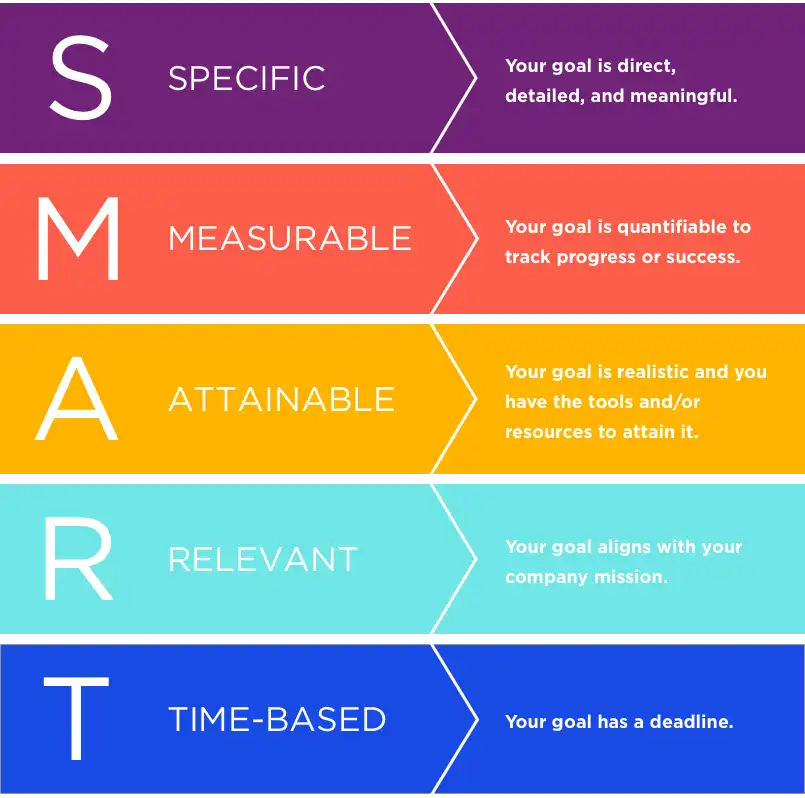
Focus On Benefits – Not Features
One of the best ways to help your customers achieve success early on is by conveying what purpose each feature serves and how it will contribute to their initial success. Don’t expect customers to figure out a path to their first success on their own.
Just pointing out the features that are available is ineffective. Highlight the benefits and advantages of each feature as you introduce it, and tell them what is in it for them. By reinforcing goals, you can tie everything together and customers will understand why they are doing things in a certain order.
Make Navigation Simpler
Don’t get overzealous with your product. Remember – the primary reason that a customer chooses to use your software is usually for a single purpose or solution. They just want a more efficient way to get done whatever they need to get done.
Navigating your software should be simple and only include the necessary information that they need to get started and achieve their first success. Put yourself in your new customer’s shoes when building out the navigation of your onboarding process and trim whatever can be saved for a later time to keep it simple.
The following are a few tips to make your navigation easy to use:
- Use a progress bar to maintain momentum and discourage customers from ditching the process halfway through
- Don’t make any of the steps mandatory. Again, respect their time and give them the choice to come back to it later.
- Add “skip” and “back” buttons.
- Allow new customers to revisit the product tour or introduction tutorials
- Include clear direction cues
- Keep a similar theme amongst all of the products in your domain
- Make it easy for customers to invite their friends or coworkers
Use Checkpoints
Checkpoints are an excellent visual tool to help customers feel like they have accomplished a task and are already seeing success with your onboarding process. SaaS products might include checkpoints for the completion of a customer’s account set up, or creating a report for the first time.
If a customer gets stuck on a specific checkpoint, it might be your cue to offer assistance. It is helpful to send out an email with links to a relevant article that might help them with that checkpoint. And a “congratulations” or “high-five” email when a customer completes a checkpoint never hurts either!
Create Useful Content
Sometimes customers prefer to solve their pain points on their own. It also positively affects their opinion about that company.
To appeal to this segment of your customer base, you don’t want to be completely hands off. You want to “help them help themselves”. In order to do that, you can create content that points them in the right direction.
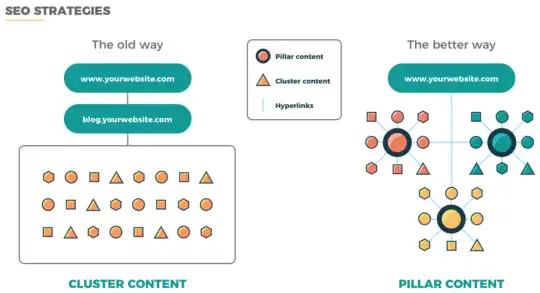
Informative blogs or other web content will provide the information a customer needs and allow them to find it on their own time. All you have to do is make it available to them through email or in-app messaging.
The following is a list of examples of compelling content that can help these increases customer find what they need, when they need it.
- Case Studies: Showing how an existing or previous customer found success with your software and services is an effective type of content. Create case studies that are geared towards different personas. Make one available to a new customer with similar characteristics.
- Self Help Channels: Carefully crafted self-help channels including forums and FAQs allow new users to find answers to their questions, concerns and technical difficulties on their own.
- User Cases: The more articles and videos that explain the best practices for each use-case, the better. When a customer uses a specific feature regularly, be sure to send them the article or video of tips and tricks for using it successfully.
- Interactive Tutorial Content: Implement a customer onboarding workflow that provides a clear idea about how it lets you work more efficiently and collaboratively.
SaaS Onboarding Takeaways
Developing your SaaS customer onboarding strategy is a key aspect in retaining customers and reducing customer churn through implementing strategic client engagement programs.
From the moment a customer decides to purchase your product, sign up and try it out, their experience should be simple, efficient, and filled with early successes.
It is important to ensure that you align your sales team with your onboarding goals and optimize and automate your tactics to build off of the initial excitement your customers feel.
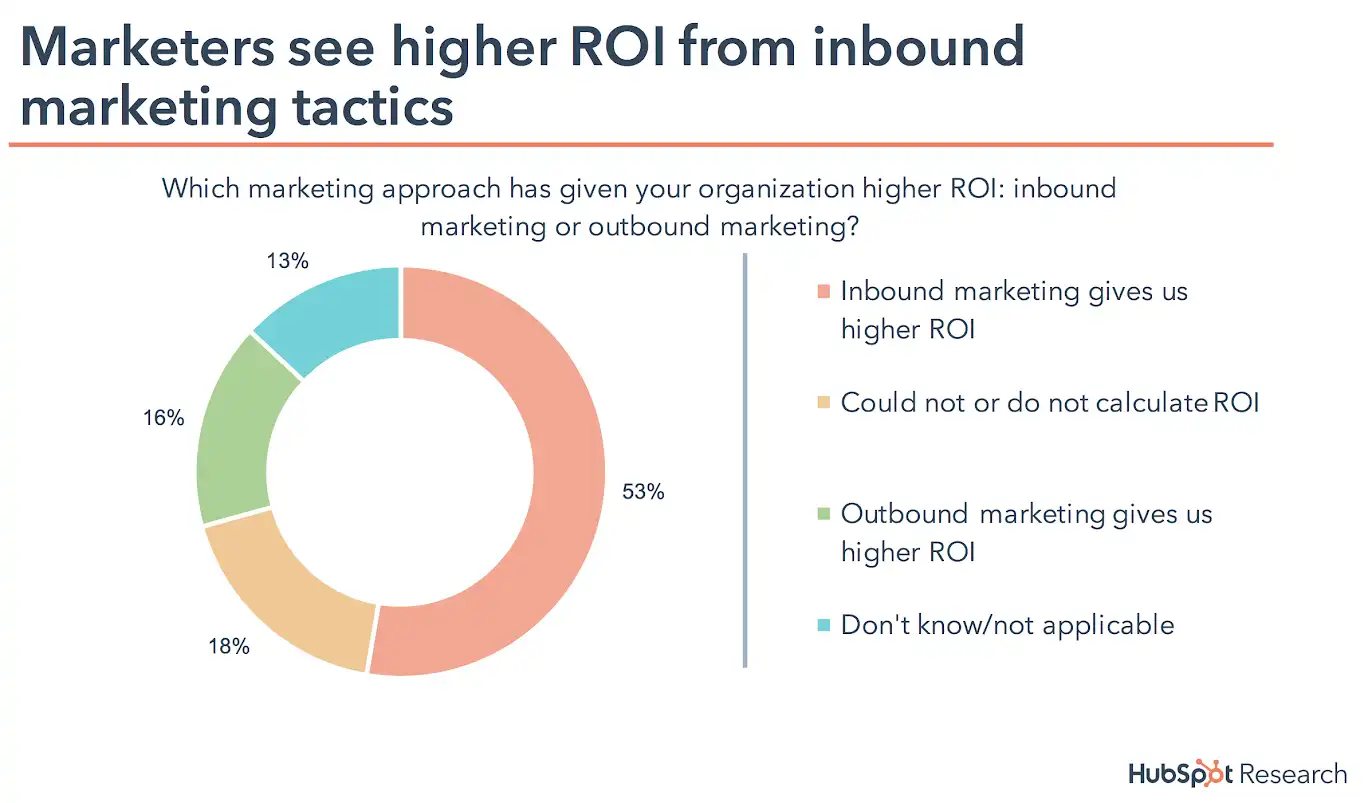
Don’t overload the customer with too much all at once and don’t assume all of your customers will benefit from the same onboarding process. The proper feedback, data, and research about the potential customer and their needs can help you better understand how to improve your b2b SaaS onboarding strategy.
Working with a SaaS marketing agency can help you establish a strong customer onboarding process that is catered to the unique benefits and solutions your product provides. The right team can help you create a customer onboarding strategy that allows your customers to recognize the advantages of using your product right away.
Frequently Asked Questions
What is SaaS customer onboarding, and why is it important?
SaaS customer onboarding is the process of guiding new users to successfully use and adopt your software. It’s crucial because it sets the foundation for a positive customer experience and long-term retention.
What are the key components of an effective SaaS customer onboarding process?
An effective onboarding process includes product tours, tutorials, documentation, and personalized guidance to help users understand and use your software.
How can I create a personalized onboarding experience for SaaS customers?
Personalization involves understanding your customers’ needs, segmenting users, and delivering tailored content and support based on their specific requirements.
What role does user training play in SaaS customer onboarding?
User training is essential to ensure that customers have the knowledge and skills needed to maximize the value of your software. It can include video tutorials, webinars, or in-app guidance.
How can I measure the success of my SaaS customer onboarding process?
Success can be measured through metrics like Time to First Value (TTFV), User Activation Rate, and Customer Satisfaction (CSAT) scores. These indicators help assess how well users are adopting and benefiting from your product.
Is customer onboarding a one-time process, or should it continue throughout the customer’s journey?
Effective onboarding is an ongoing process that extends beyond the initial setup. Continuously provide support, resources, and updates to help customers extract more value from your SaaS solution over time.

